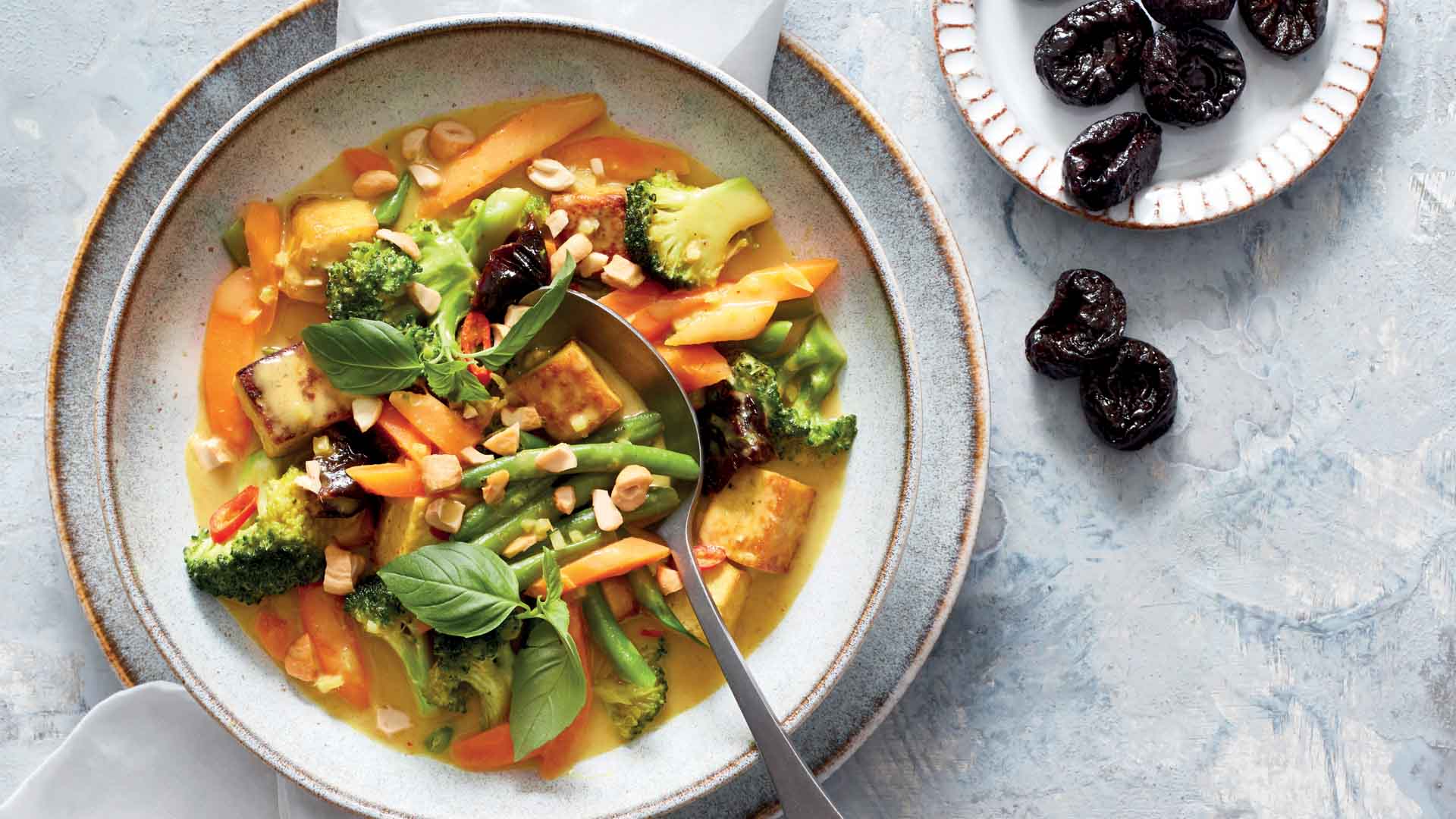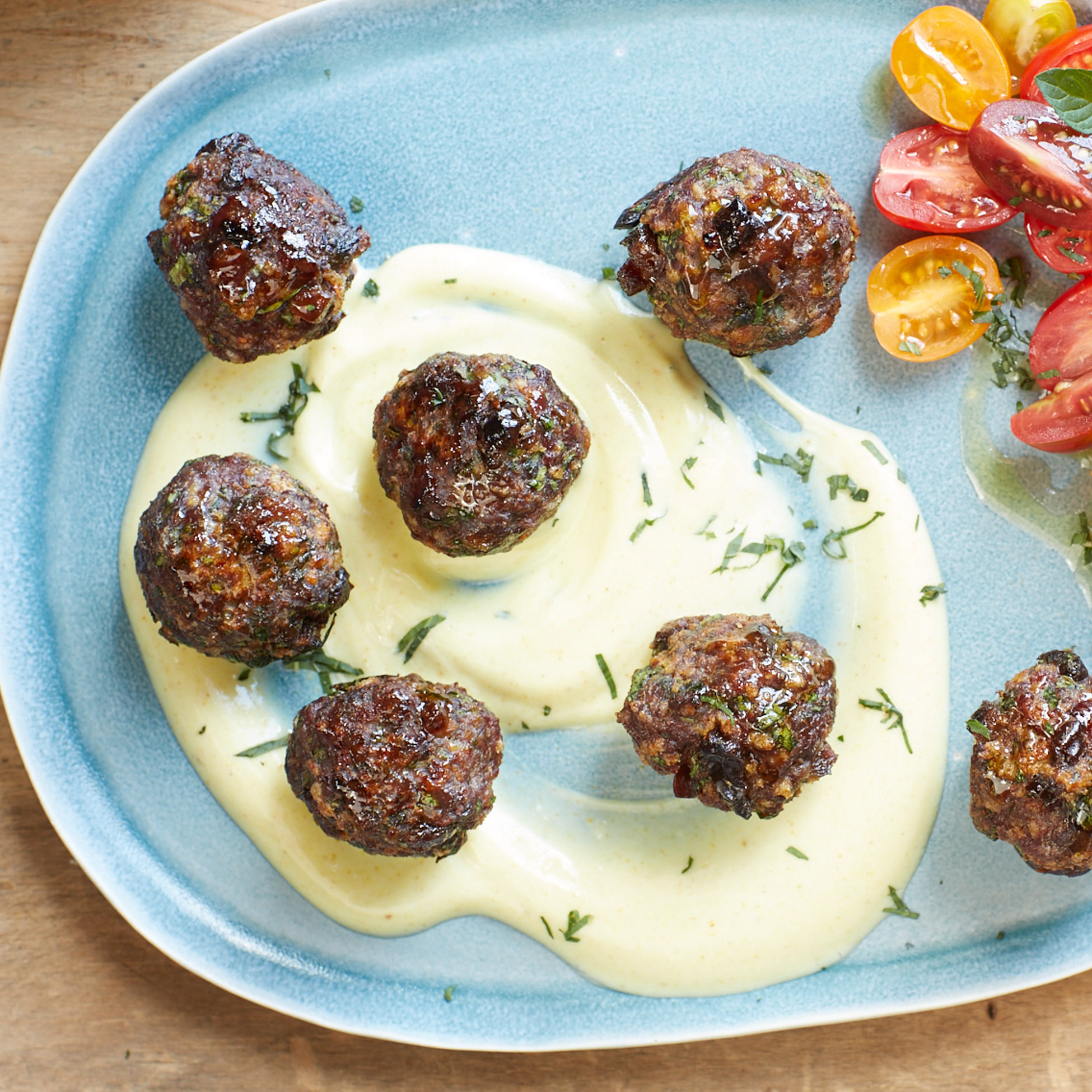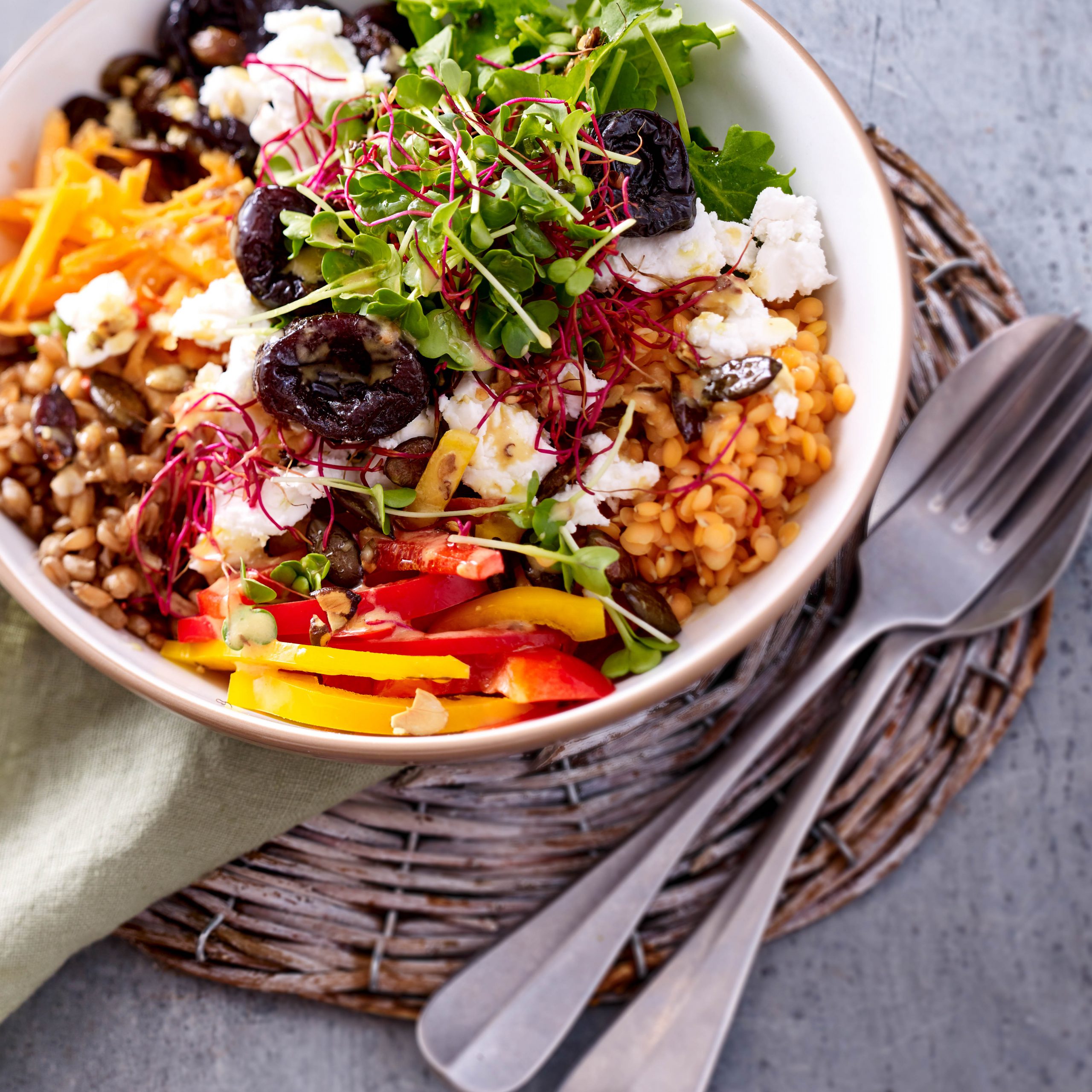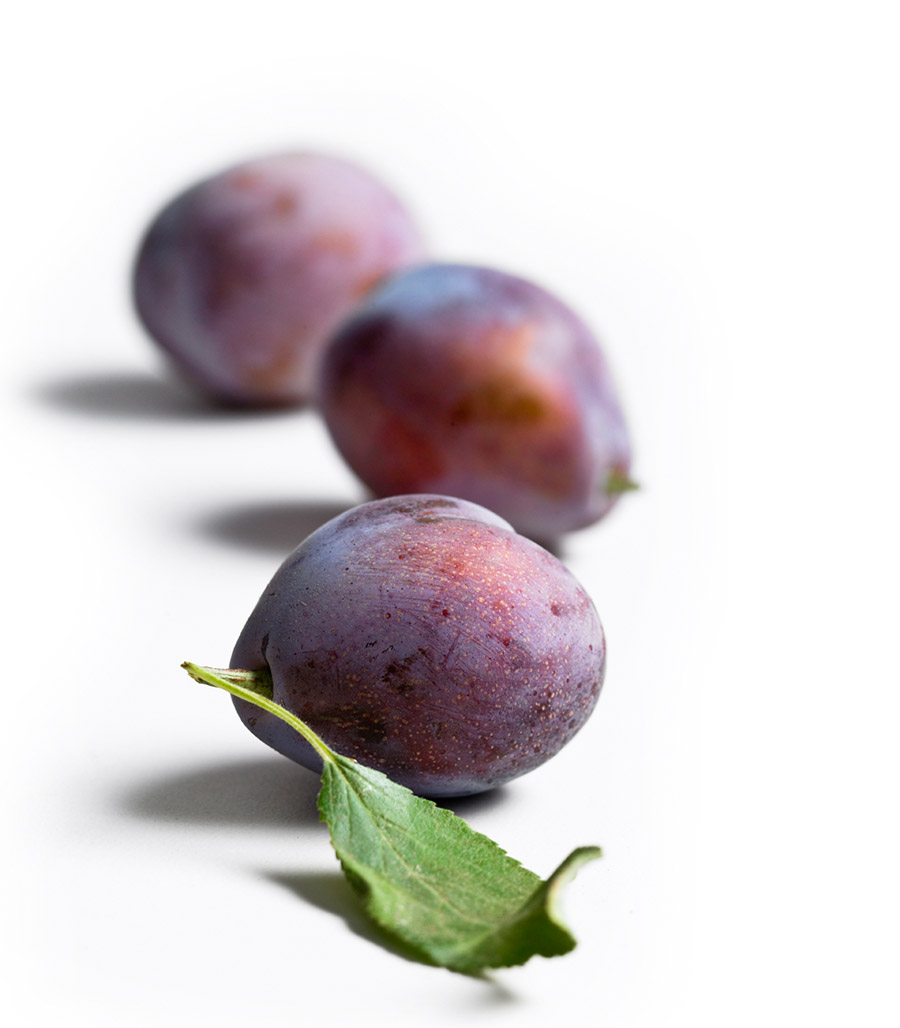
Making a table sauce is more an art than a science. It takes balancing salt with acid and heat, and giving all three elements enough body or richness to meld together harmoniously. In the best cases, a good table sauce creates a loyal customer who always wants to have it on hand.
And the category of table sauces continues to diversify. In 2019, retail sales of hot sauces reached $700 million, nearly a quarter higher than the year before, according to the Wall Street Journal. Hot sauce interest remains high, and many of those sauces sauces are natural partners with Asian flavors, from hot southeast Asian chili sauces to richer, hot-salty sauces, like Korean bulgogi marinades and barbecue sauces.
Real-World Sauce Examples
Sauces from Japanese teriyaki and tonkatsu to Chinese hoisin often have a touch of sweetness helps balance out the salty flavors. For this reason, prunes—whether in bits, concentrates, or purees—are popular ingredients. Prunes are used in this popular Japanese tonkatsu sauce and in this plum-garlic Thai-inspired sauce.
Here’s why: Prunes work well with intense, salty flavors, like soy sauce. They also can add richness to chiles, smoothing out the heat and acidity. And their dark color melds well with soy sauces and other deeply colored sauces. Prunes and prune purees and concentrates have a tangy, tamarind- or molasses-like flavor, but they are mellower than either, sitting in the background of a sauce and letting the garlic, ginger, or chiles come to the forefront.
There are benefits to using prunes in sauce manufacturing, from being able to use less total sugar to adding body and color. And there’s opportunity for innovation.
Sauce Flavor Pairings with Prune Ingredients
- Soy Sauce
- Ginger
- Garlic
- Chiles
- Sesame
- Smoke/smoky ingredients


 日本語
日本語 한국어
한국어




